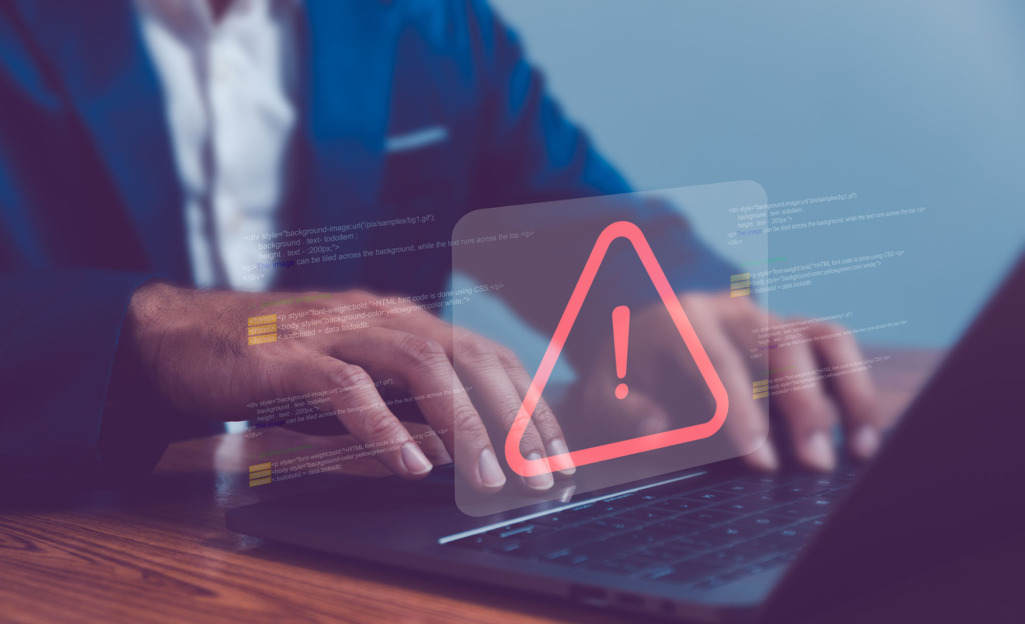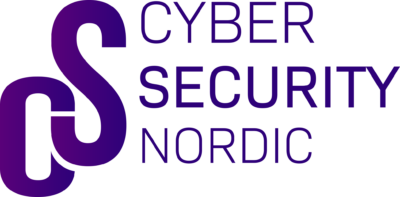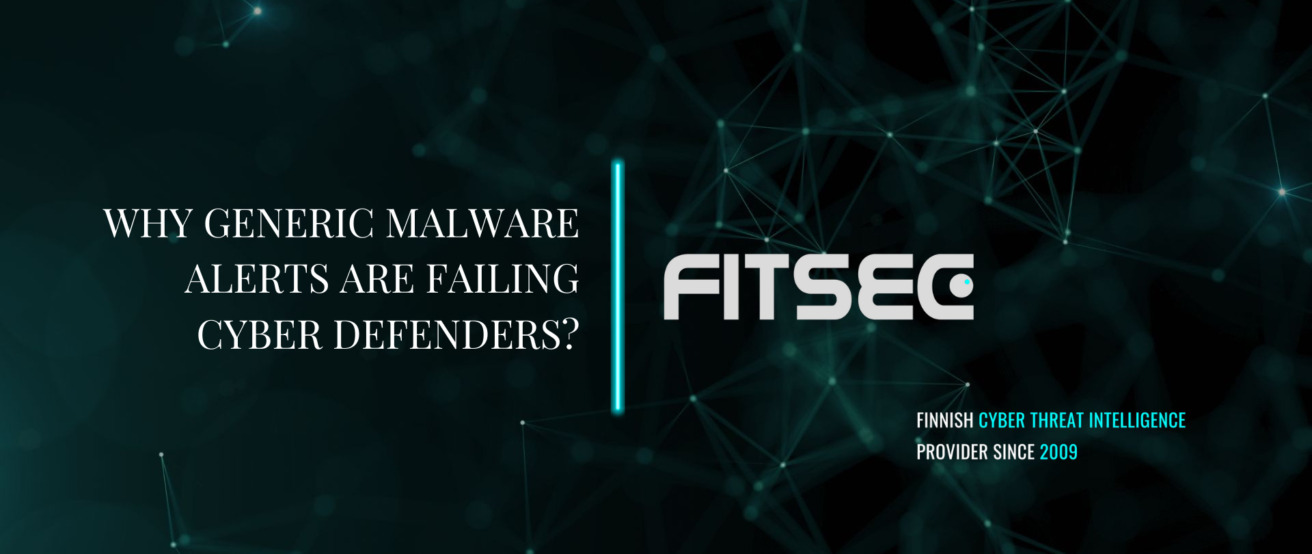How a Cyberattack Progresses – How to Recognize Early Warning Signs and Prevent Damage in Time

Cyberattacks don't happen in an instant: they often progress unnoticed, step by step, from initial contact to serious damage. Understanding the different stages of an attack allows you to protect your organization better and respond quickly when the first warning signs appear.
How Cyberattacks Often Begin
Attackers typically look for the easiest possible way in. One of the most common methods is phishing, where an attacker sends emails to employees, luring them into clicking malicious links or attachments. This can lead to malware being installed on a user's device or compromised credentials. Employees using weak or stolen passwords can also grant attackers easy access to external systems used by the organization. Often, attackers also exploit security vulnerabilities in systems or misconfigurations that expose the systems to intrusion.
How Attacks Typically Progress
Once an attacker gains an initial foothold in the organization’s internal network, they begin gathering more information, such as user data and the technologies in use. In addition, the attacker often installs remote access malware on the initially compromised system and collects stored user credentials for later use.
After establishing a foothold, the attacker attempts to increase their level of access to critical organizational data and resources, often by exploiting security vulnerabilities within internal systems.
In the final stage, the attacker aims to achieve their objective, such as stealing sensitive information or crippling systems with ransomware. These actions can result in significant damage to the organization and, in the worst cases, a complete business shutdown.
How to Recognize the Early Warning Signs of an Attack
Cyberattacks can often be detected early by monitoring user and system behavior. Unusual login attempts, abnormal network traffic, or alerts from security monitoring systems about anomalous events can indicate that something is wrong. Slowing performance or abnormal behavior of devices or applications may also point to an ongoing attack.
How to Prepare and Respond Effectively
Cybersecurity requires constant vigilance and proactive measures. One of the best ways to prepare for attacks is to train your staff to recognize phishing attempts and other suspicious activities in time and instruct them to report such incidents through the proper channels. Regular and timely system updates, combined with continuous security monitoring and prompt response to anomalies, are critical in stopping attackers early.
Fast response to suspicious activity is key to preventing attacks. Every organization should have an incident response plan ready, so that they can act immediately and efficiently in the event of a threat. A well-designed contingency plan helps minimize damage if an attack does occur.
Elisa offers a wide range of cybersecurity services to comprehensively strengthen your organization's security. Our services include continuous cybersecurity monitoring and incident management as managed services. In addition, our breach response experts support organizations facing major security breaches or incidents, guiding them throughout the entire incident lifecycle. We also provide support in building a real-time overview of your cybersecurity status, employee security training, risk management, and identifying and fixing vulnerabilities.
Early detection of a cyberattack is critical for protecting your organization's data and business operations. The best results are achieved by combining technology, staff awareness, and proactive preparedness. Take a moment to assess if your organization is prepared against a cyberattack – and contact Elisa’s cybersecurity experts for support, if needed.

Principal DFIR and Threat Hunting Lead
Elisa




